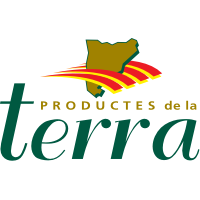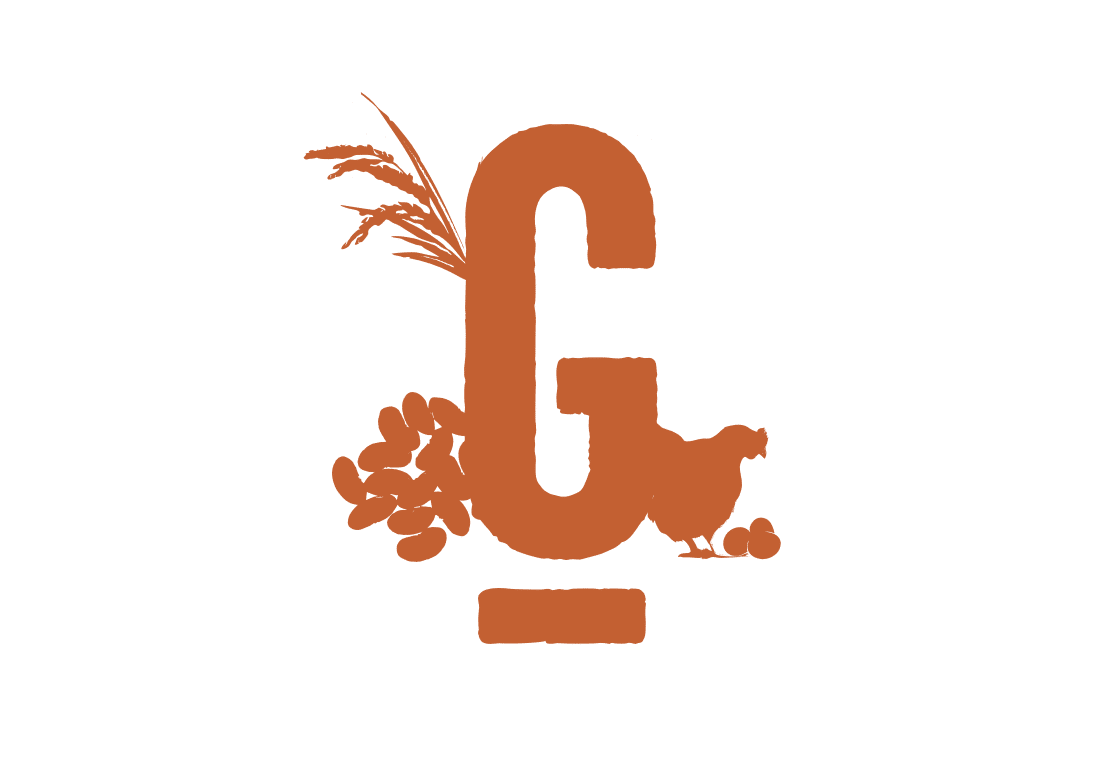Garrotxa cheese
This cheese was recovered in 1982 from a research work on the old goat cheese from La Garrotxa. It is a mature artisan cheese, usually soft pasta, which is made from goat or cow's milk, raw or pasteurized.
It has a flowery skin, which forms a smooth or wrinkled beige crust. It has a crisp, creamy and mild taste. It is made from pasteurized goat's milk, to which dairy ferments, calcium chloride and curd will be added to obtain a mixed curd not excessively hard. The curd is slightly cut until grains the size of a hazelnut are obtained and the xerigot is partially removed. The temperature of the curd can be raised and stirred depending on the time of year and the acidity of the curd. It is molded and pressed gently for a few hours, to then make a salty one with brine. Ripening must be in a cool and humid environment to promote fungal development and the correct evolution of cheese for about twenty days.
Season calendar
- GEN
- Feb
- Sea
- Apr
- Never
- JUN
- JUL
- AUG
- THIRST
- OCT
- nov
- From
Complementary information
It is found in cheese shops throughout Catalonia, as well as in some specialized retailers.
Attributes and nutritional properties
Cheese has, in a concentrated way, most of the nutrients in milk. Its main components are proteins and fats. Of note is the high amount of calcium, which is important for the correct formation of bones and teeth, which can be up to 10 times higher than milk. It is also a good source of phosphorus, which is part of the DNA, and zinc, which intervenes in the functioning of taste and smell. It provides a large amount of vitamin A, necessary for the proper functioning of the nervous system, and D, which acts in the intestine favoring the absorption of calcium.







